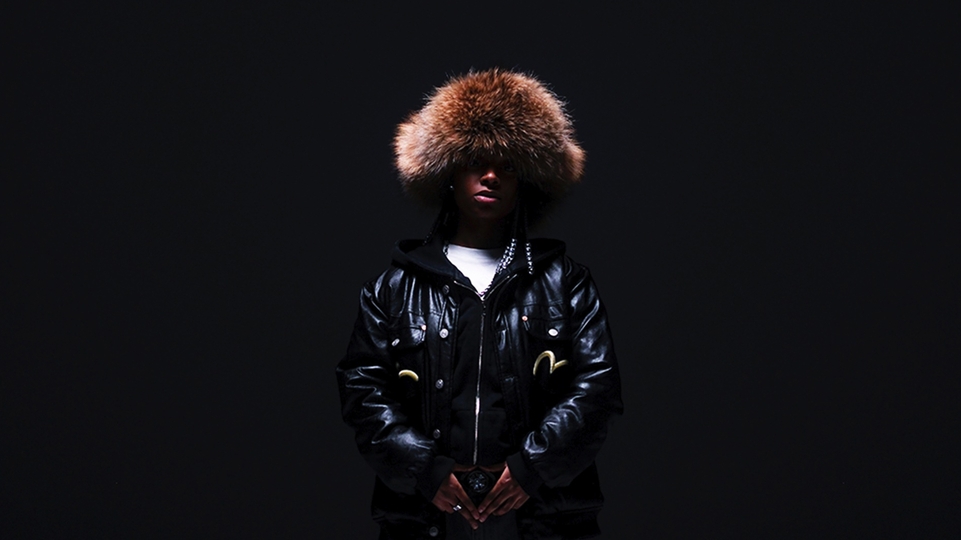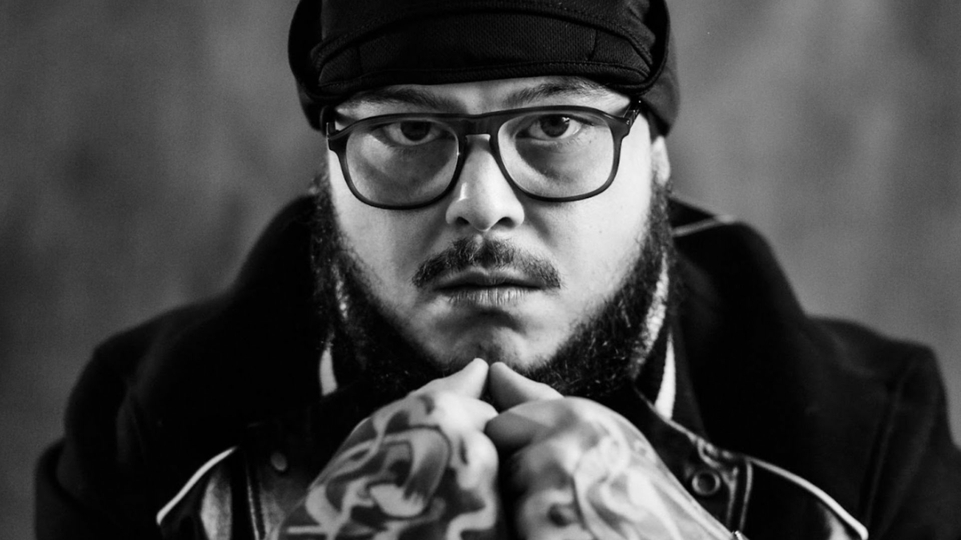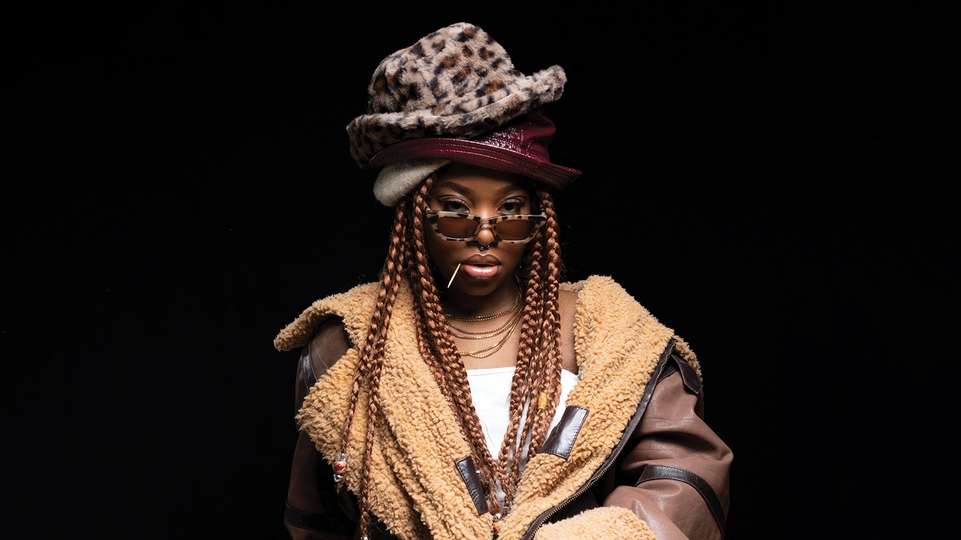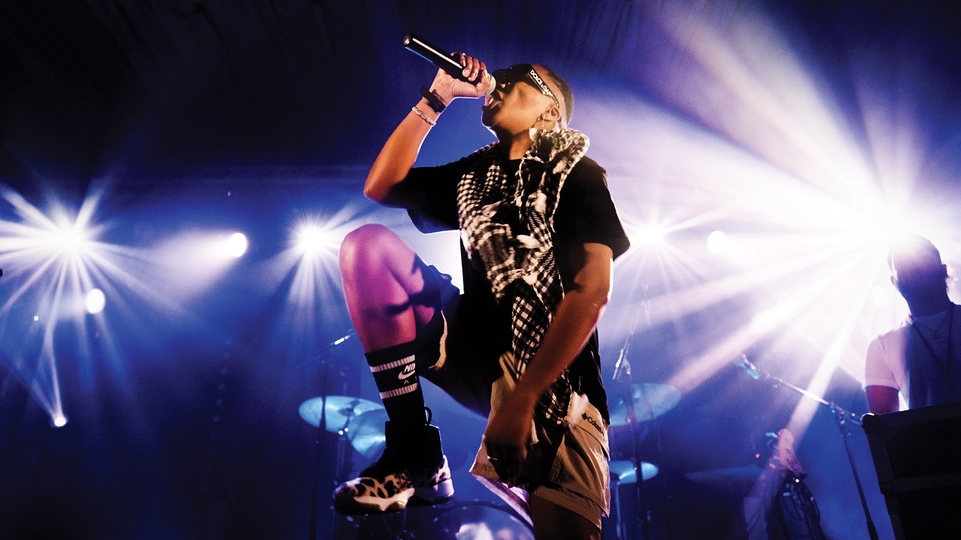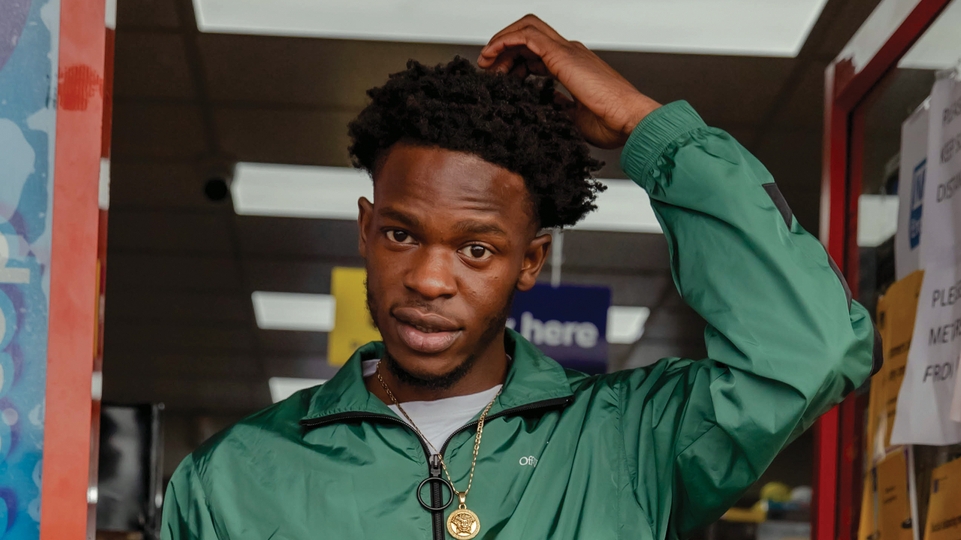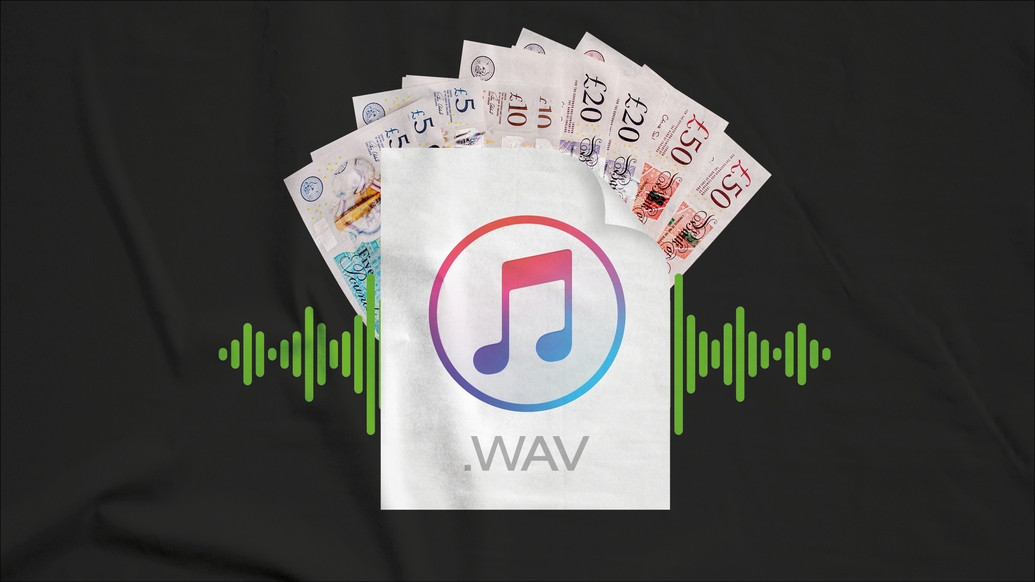
How emerging rap producers can get paid for their music
Our new DJ Mag Originals video series, Meet the MC, launches today (4th March). As well as telling the stories of this crucial new wave of lyricists, we also want to use the series to shine a spotlight on the often unsung producers making rap instrumentals. As part of DJ Mag’s Meet The MC video series launch, we pick the brains of some established producers and industry experts to get some essential tips for upcoming beatmakers on monetising your work
Paradoxically, in 2021, starting out as a rap producer is both easier and harder than ever before. Easier, because young beatmakers have more tools at their disposal these days. And harder, because the great equaliser that is the internet has also brought with it a whole new generation of complications, like beat leasing, neighbouring rights, and the minefield of negotiating contracts with labels, artists and brands.
It’s a lot to take on if you’re flying solo, but there are a few resources you can use to help level the playing field, and keep yourself from being ripped off. Even more importantly, there are some bare essentials you absolutely must know if you’re to protect your rights and make sure you’re not underselling yourself.
PRS
Before anything else, the first thing you should do is register an account with PRS. It’s a simple process and a pretty straightforward form to fill out, but there are a couple of things worth bearing in mind. As Claire Rose from PRS for Music tells DJ Mag: “Firstly, understand who we are and what we do. PRS for Music is an umbrella term for two collection and distribution organisations — PRS and MCPS. We represent the rights of music creators and publishers (basically anyone who writes music in whatever form or genre). We license businesses who use our members’ music so when their music is played, we can pay our members royalties for it.”
You need to make sure you are joining PRS at the right time. “Personally, I believe that when your music, or music you have contributed to, is getting continuously played public performances, whether this be via radio, TV, in music venues and clubs, at festivals, streamed or downloaded, that is the best time to join,” says Claire. “This ensures a steady flow of royalties to you and will eventually generate your membership fee back through these royalties. In regards to the membership fee, we at PRS have a £100 membership fee. This is a one-off payment when you join, with no annual recurring fees.”
Joining PRS for Music isn’t the only thing you need to do. To make sure you get all the money owed to you from live performances, broadcasting, and any other use of your music, you also need to join two more organisations.
MCPS
MCPS is similar to PRS in that they’re an organisation who collect and distribute royalties, but their concern is with what’s known as ‘mechanical royalties’, which also fall under the publishing rights. Traditionally, this applied to the money made from physical releases. Nowadays, with CDs all but a relic and vinyl still relatively niche, this mostly applies to streams and downloads. It’s a relatively small trickle of income, but one that shouldn’t be ignored. If you have a publisher, they can handle this for you, but it might be worth joining MCPS regardless.
PPL
The third collection society you should strongly consider is PPL. They represent the rights of performers and record labels (who typically hold the rights to masters). By law, the record label is entitled to no more than 50% and the remaining half of the performance royalties are then split between all the musicians, singers and rights holders involved. Again, this is negotiable between all parties, but crucially, you’re only entitled to royalties if you performed on the track that you produced. It doesn’t have to be some grand piano piece, it can be something as small as playing the triangle or throwing a backing vocal line onto it. It doesn’t matter how small your contribution, you’ll be entitled to a percentage.
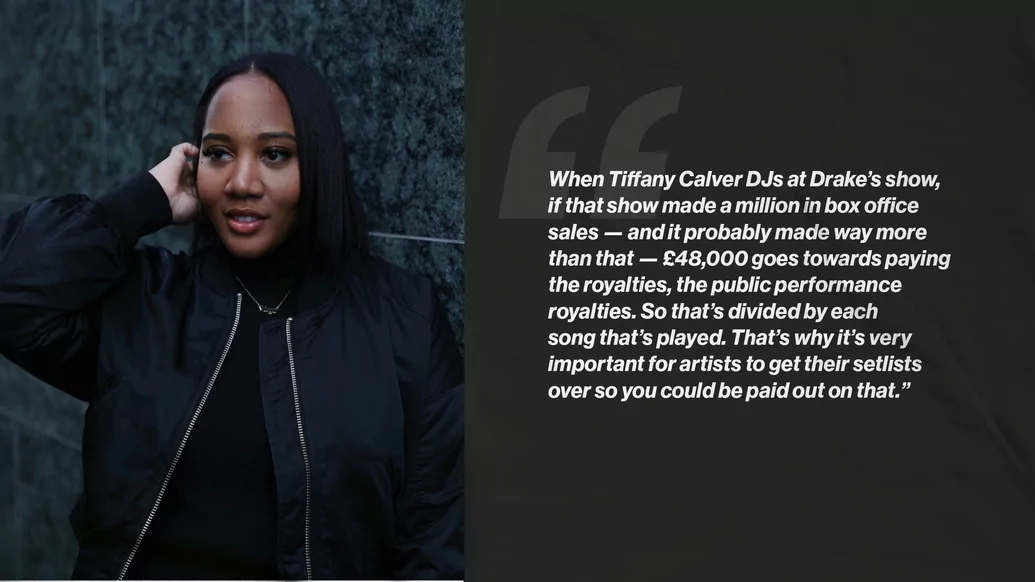

However, this does only apply to performers and not producers in the traditional sense. PPL is free to join.
Neighbouring Rights
Neighbouring rights, handled by PPL, are something you absolutely need to get your head around (or at least get someone to handle for you). We’ve highlighted this particular aspect of PPL’s purview because if you’re lucky it can be phenomenally lucrative for you. In a nutshell, neighbouring rights covers the money that comes to you every time your music is “broadcast on TV or radio, performed or played in public, whether live or through a recording, streamed or downloaded” — and if you’re getting played in the right places it can quickly add up.
Shauni Caballero from the Go 2 Agency had this to say: “A peak spin on, for example, 6Music or any of the majors — because it all depends how many people your music is audible to — that's public performance income.
“So between 7 and 10am and between 4 and 7pm is around £98 per play on the publishing. So if you produced a track for someone like Drake, who’s always on the A-list for those shows getting four spins an hour, you've got 50% on that record. That's £44 per spin. Then with live, 4.8% of box office ticket sales goes towards paying public performance royalties.
“When Tiffany Calver DJs at Drake's show, if that show made a million in box office sales — and it probably made way more than that — £48,000 goes towards paying the royalties, the public performance royalties. So that's divided by each song that's played. That's why it’s very important for artists to get their setlists over so you could be paid out on that. If 48 songs are played, that’s a thousand each.
“So with Russ [Millions, British rapper] going out and performing ‘Gun Lean’, £500 would go to Russ and £500 would go to Gxtcha. Whereas I have a producer who’s produced one song off D-Block Europe’s album and off their Alexandra Palace show, he saw a jump in his income because the song he produced got played and he made about £600 off that one show. Even I was double-checking it.”
Flat Fee vs. Percentage Of Royalties
Negotiating with labels and knowing your worth can be an absolute minefield. You need to weigh up the value of your music without over or underselling it, and you also need to consider the long-term implications. As Shauni Caballero rightly points out below, you should always push for a percentage, but in some cases forgoing a flat fee in the short term might yield bigger rewards further down the line. As you might expect, however, it’s a balancing act and those kinds of long-term deals may be better suited to cultivating relationships with larger labels and artists. A smaller artist, on the other hand, may not yield the kind of streams that would make sacrificing a flat fee worth your while.
“Really, you should be charging and taking a percentage of the publishing,” Caballero says. “But I would say at a minimum, never give up your publishing. I’ve got into it with engineers and A&Rs trying to be cheeky and request a percentage. I’m like, ‘No, it’s not yours, it’s for the producer and the writer’. They’re the only people that are entitled to publishing. I do things very fairly. To me, it’s split down the middle, it's an equal contribution. 50% to the writer, 50% to the producer. If there’s two producers they go 25/25 and then that one writer takes 50. That’s how I look at it from the publishing end.”


Producer Chris Rich has a good story related to this: “Steel Banglez told me that he didn’t charge for some of his biggest songs, and now he can use that as leverage to get features for his album. I know a lot of people will take payment and a lot of producers are really adamant about no free beats at all, and that they need to get paid or whatever. It’s important to get paid, but I think if you’re not desperate for the money, it’s honestly better to deal with the artist nicely so you can keep a working relationship.”
However, it’s not always as simple as ‘big artist = big fee + percentage’ and ‘small artist = percentage’. It will pay dividends to have an open and detailed conversation with the artist or label you’re working with to find out what kind of budget they’re working with. “I always say it just depends on the artist,” Caballero says. “If the artist is on a major label, that still doesn’t mean there's a budget and you can charge five grand. If it’s for a major artist then it all depends on their recording budget. So with a huge artist like Ellie Goulding, yes they’re getting a minimum of five grand if they’ve produced anything for her. But with a small artist it might only be £300.”
Type Beats
Type beats are a tricky phenomenon. They first started to crop up on YouTube in the late 2000s as a way for aspiring producers to capitalise on popular search terms to send their beats to the top of YouTube’s search results. In a recent interview with The Ringer, BeatStars CEO Abe Batshon explained that successful producers could make as much as $60,000 per month, provided they understand and capitalise on the store’s algorithm. “In the last few months, April and May specifically, producers are set to earn almost $6million on the platform,” Batshon says. “The money isn’t centralised to a few users — we are seeing more and more creators generating income on our platform.”
Using beat stores like BeatStars or SoundClick or any of the others can be a huge help to you. Your name and your beats are on an easily accessible resource. You don’t need to chase for payment, and there’s no chance your beats will be stolen. However, like just about everything in this game, there’s a trade-off. You may sell a beat for a few hundred pounds, but you may have committed the cardinal sin of underpricing.
Deciding what to upload to online spaces like BeatStars, TrainTrak and the like isn’t an exact science, but a key element of this is keeping an eye on what styles and, in particular, artists are trending at any given moment. This is an opportunity to step outside your usual wheelhouse. One way to approach it might be to keep beats that adhere to your own style to your personal bank for studio sessions and artists you know outside of that realm. Then, when uploading to BeatStars, you focus on the styles and sub-genres that are popping off that week.
“For the online stuff, I usually just upload whatever's popular right now,” Chris Rich tells us. “When I was doing it loads last year, I was putting up a beat every day, it was Pop Smoke — this was before he died — and he had a crazy amount of hype around him. But it’s artists that are coming up now. So let’s say Central Cee’s made a song this week, then I need to make a Central Cee-type beat because then that’s going to be popular. It’s just keeping up with trends and keeping up with what’s new and what people want to hear.”
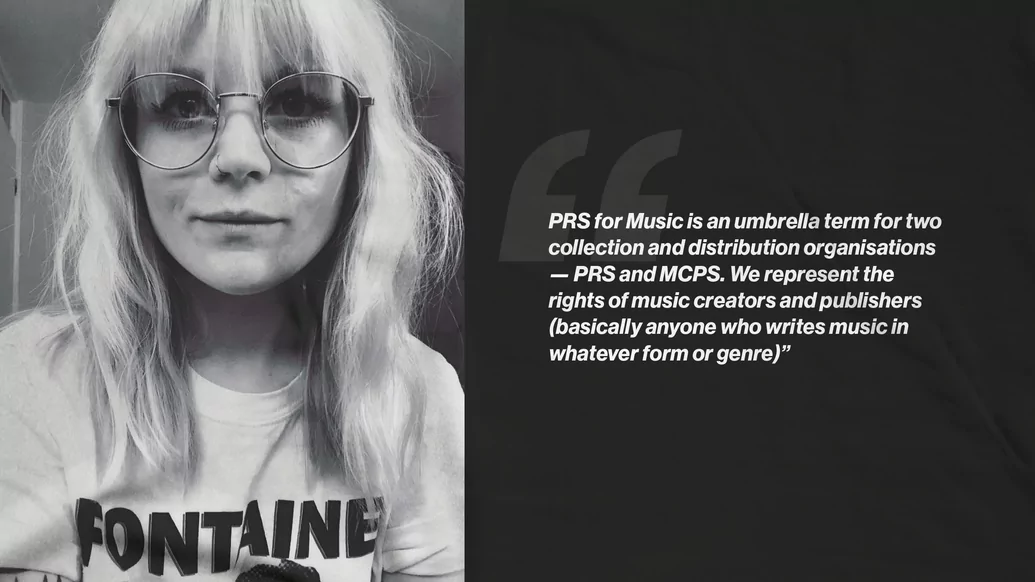

One of the key benefits is that if you lease or sell your beat via a site like BeatStar, it’s much easier to track who it’s going to and who owes you money. However, it can remove your bargaining chip. Had you been approached in person by a major label or you were working in a studio session with an artist, you could negotiate based on what they were willing to pay and the size of their budget. A major label may be willing to pay you £1,000 for a beat, but if they approach you anonymously via a beat store, you may have undercut yourself.
“Let’s say I’m a label and I go on YouTube and I see this guy’s got this beat here for exclusive license,” AV explains, “and then we get full ownership of that beat for only like £350 or something... That’s an easy way for the label to get beats for cheap.
“If you see the option there,” AV continues. “I don’t know who you are, you’re just a customer, basically going on a website, just buying something that has the option to buy exclusively rather than them going through you to email and then send in maybe some information about your prices on the exclusive and then writing up a contract. It's the quick way out, basically.”
There’s a lot of debate when it comes to type beats. Shauni Caballero is firmly against the idea, at least if the producer she’s working with plans to make money from it, but they can still have a different kind of value. As AV points out, attaching certain artists’ names to your type beat can almost work like hashtagging, pushing your beat and therefore your name to the top of the search results and pushing your name even further. However, you absolutely need to remember that when you do this you face not only the law of diminishing returns — if one of your beats is used or leased multiple times it loses its shine — but it also becomes difficult to monetise.
Caballero is wary of the type beat phenomenon and urges caution when leasing beats. “One thing I would say is they should be very, very careful with that because it's very messy every single time I deal with it. I've had artists go online and lease a beat and they'll do it non-exclusively because it's cheaper. And then an artist and a major label have come in and asked for that exclusively.
Then it's a headache for the indie artist. And then also when they’ve done the full buyout, it's not outlined whether the producer selling the beat is still going to get a percentage of the publishing. So I can’t stand that, and every producer that I work with I don’t allow them to do that. You're going to hand the beats over exclusively. None of this leasing stuff, because it's just a headache.”
Ultimately, monetising music can be complicated, but it doesn’t have to be. The most important things are to sign up to PRS for Music, PPL and MCPS. You can never have enough good advice and, if you can afford it, employing the talents of a manager with a good reputation can make all the difference. They can keep track of where your music is being played, how much it’s being played and how much you’re owed. Alternatively or additionally, sign with a publisher.
Above all, planning is key. Figure out a strategy for beat leasing and type beats, and how you’re going to allocate your time, your resources and your creativity. Approach negotiations armed with as much caution and information as you can, and you’ll reap the rewards. Chances are you’re going to make a mistake or two initially, but if you have the right tools at your disposal and the right people on your side, those mistakes are going to be far fewer, and far less drastic than they could be.
